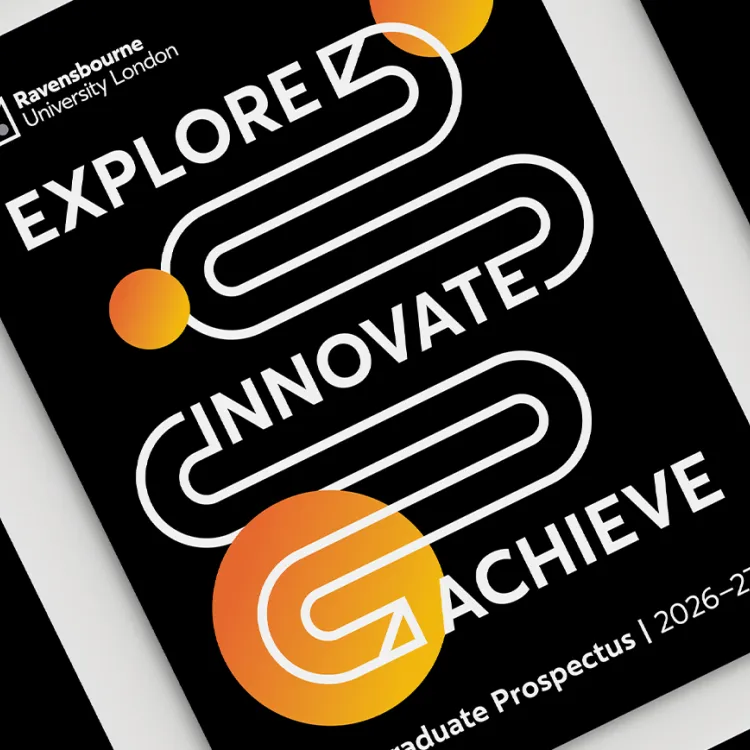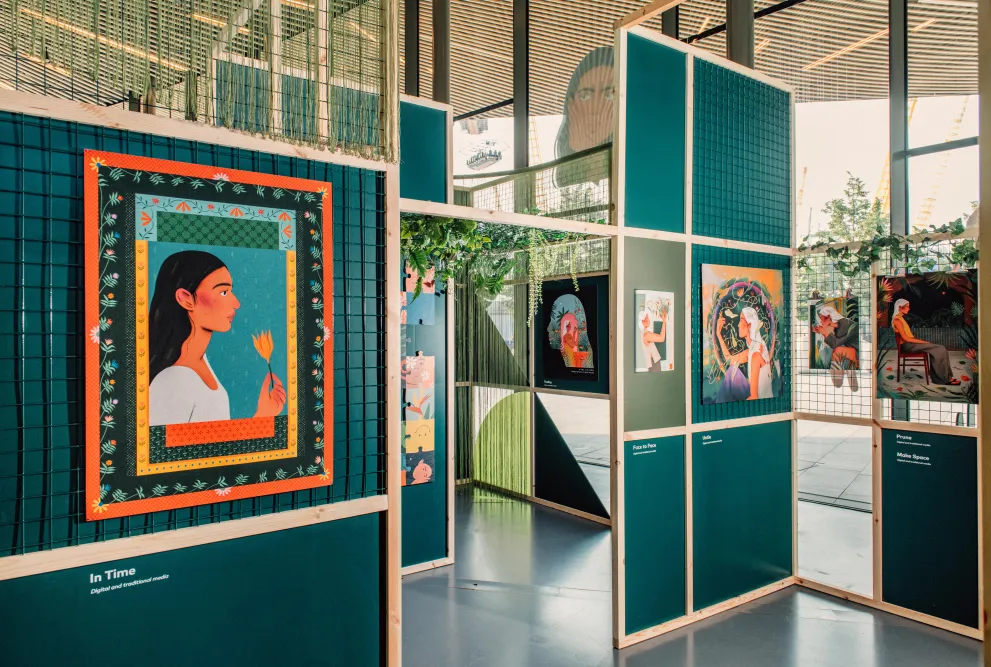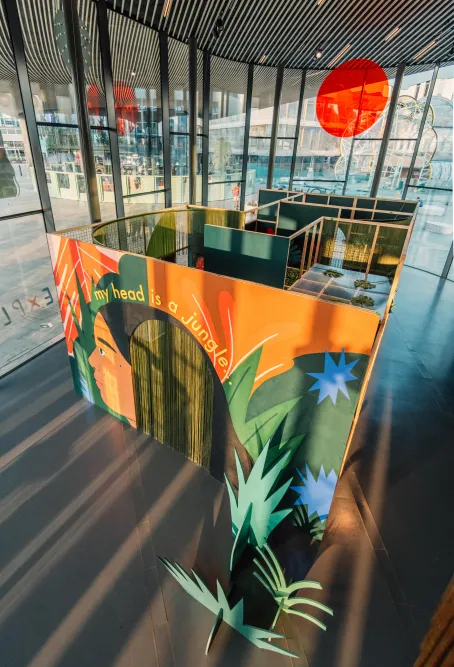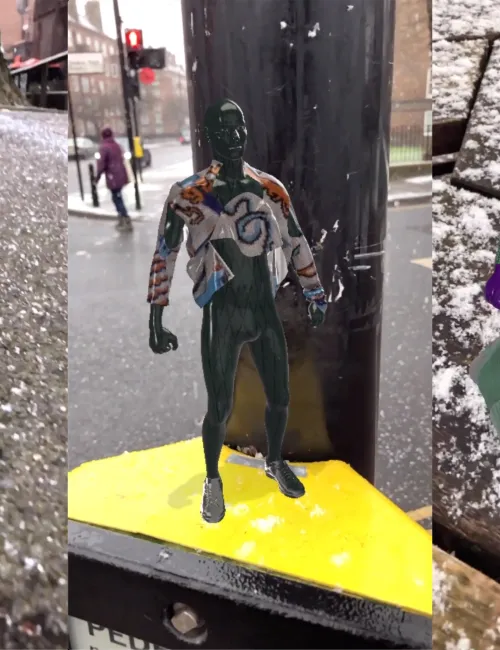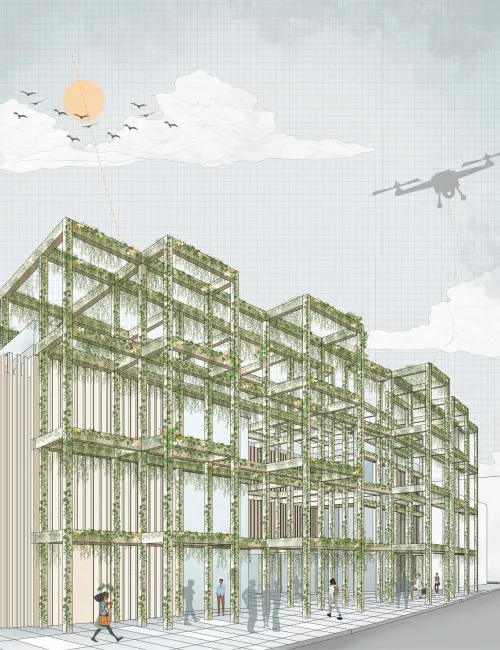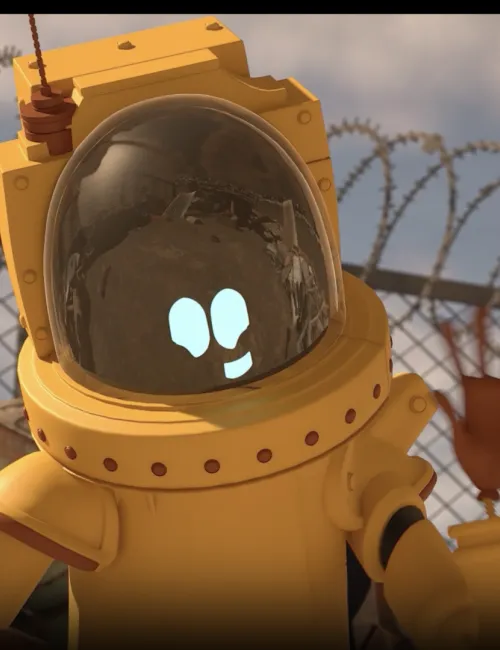Ravensbourne collaborates with industry to repurpose materials
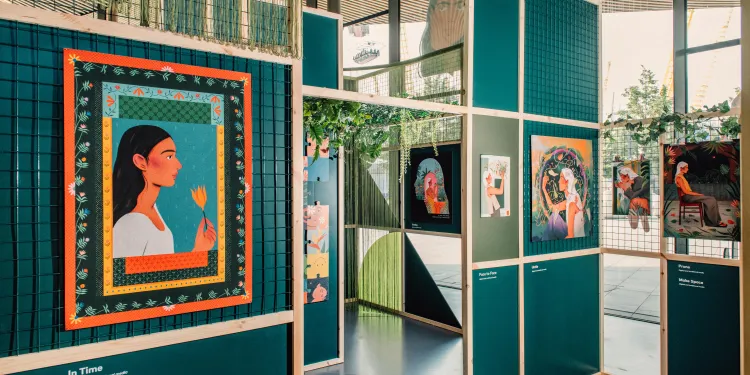
The Ravensbourne BA (Hons) Product Design course is collaborating with local businesses to reuse and recycle their scrap materials, reducing the environmental impact on both sides and improving our students’ experience.
COP26 may have just finished up, but the United Nations aren’t the only ones making environmentally-focused commitments. Recently, Ravensbourne has been making its own efforts to help the environment by repurposing the waste of a few of its industry neighbours. Thanks to these new collaborations, around 70% of the materials our Product Design students require in the design and development process are now sourced from scrap materials such as sheet metal, acrylics and plywood.
The first company is MDM Props, which makes models, props and sets. The other is the Now Gallery, which runs various exhibitions throughout the year. Both of these companies end up with a lot of waste materials left over after creating and eventually dismantling these pieces. All this scrap, once destined for the skip, is now given a new lease of life by our students. These free resources also help make the creative process more affordable and accessible for our students.
Rough scrap materials are ideal for making crude prototypes. They can be spray painted to give the appearance of other, more costly materials and will still demonstrate the project’s working ability. Physical models are an essential part of the design process, and are used to check the size, proportions and functionality of a design. They also reveal any unforeseen problems. The nature of learning and developing ideas means designers must create lots of physical models and prototypes as they tweak and hone their designs.
Scrap materials are also perfect for creating tools and moulds that can be used to vacuum pack plastic or cast materials like cement. So, there are many ways they facilitate larger projects in a cost-effective and environmentally friendly way.
A current example is our first-year Product Design students, who have been using the materials as part of a lighting design project. Jakob Timerdahl and George Cooper are two of the students working on this project.
“I think it’s a really cool collaboration,” Jakob told the Ravensbourne news team. “I’d never been aware of it before, but you realise how much is thrown away. Some of the material is quite expensive too. The other day I found some light brushed steel. I needed something reflective, like a mirror, for my lamp project and this worked perfectly.”
“It feels good,” George added. “You don’t feel so bad for using as much materials as you need. And it’s good to see something that would have been thrown away looking good at the end.”
Nadine Bennet, Co-Course Leader of Product Design explained: "Sustainable design is embedded in the design thinking and culture of the Product Design course. We started this initiative to improve the student engagement with model making and make it easier for them to produce their models by providing access to free materials.
"We are really pleased to see how students value that the materials are from waste that will be given a second life rather than ending up in landfill. Ravensbourne champions sustainability through its Environmental & Sustainability Working Group (ESWG). This initiative supports good practice and we hope to implement more environmental measures in the future."
We would also like to take this opportunity to celebrate that Ravensbourne Product Design students have been nominated for Beyond Plastic awards:
- Gurjit Choda for ‘WaxCapx’
- Rezma Jusma for ‘GROW-ON – From Bauble to Bud’
- Graduate Yair Neuman for ‘DELEREX – Waste Lenses Made into Glasses’
